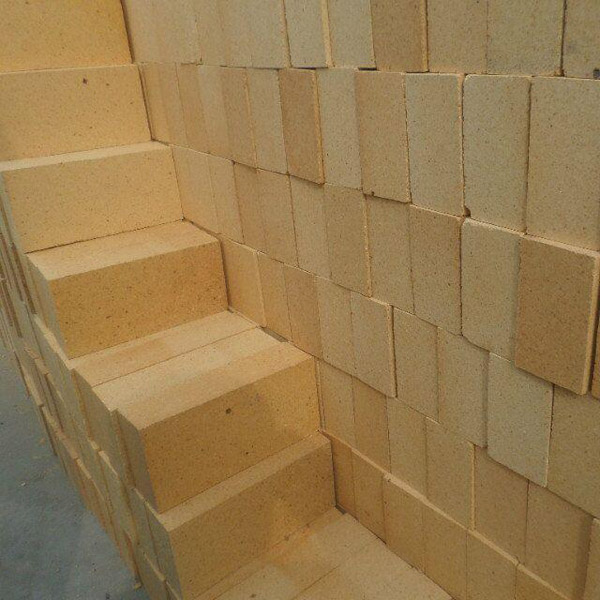- 07
- Apr
What are the possible problems with refractory bricks in the operation of cement kilns?
What are the possible problems with gạch chịu lửa in the operation of cement kilns?
Refractory bricks are an extremely important part of the cement kiln. The normal operation of the cement kiln is inseparable from the protection of refractory bricks. If the refractory bricks are damaged or peeled off, it will directly affect the production efficiency of the cement kiln, and in serious cases, it will be necessary to stop the kiln for repairs. Therefore, it is very important to understand the factors that affect the service life of refractory bricks. Today, let us talk about what problems may occur in refractory bricks when the cement kiln is in operation?
thiệt hại cơ học
When the cement kiln is rotating for production, different degrees of mechanical stress are formed between the refractory bricks in the kiln and the refractory bricks, so the refractory bricks will be squeezed and twisted. If the cylinder of the rotary kiln is deformed, the mechanical stress on the refractory lining bricks will be multiplied, especially the mechanical stress on the tire belt is severe. Therefore, before choosing a suitable refractory material, it is necessary to understand the mechanical stress of the rotary kiln, so as to select a suitable refractory material for protection.

nóng và lạnh
When the rotary kiln is in operation, if the temperature of the kiln often encounters rapid cold and rapid heat, the refractory bricks will be affected by different degrees of thermal shock, which increases the risk of refractory brick fracture. Therefore, when the refractory bricks are baked in the kiln after the installation is completed, the heating process should be slow, so that the expansion of the kiln shell body expansion supplementary brick will play the role of kiln body compensation, which is the key to the use of alkaline bricks. If the kiln can not be baked for a long time in actual production, and the kiln is heated and cooled rapidly, the refractory bricks will inevitably be peeled off and damaged, which greatly affects its service life.
Fuel change
If the service life of the refractory brick lining is to be guaranteed and a solid kiln skin effect is to be maintained, thermal stability is the key. However, it is difficult to maintain thermal stability because of the uncertainty of raw materials and fuels. The general raw fuel of cement kilns is coal. Due to the difficulty of coal supply, the ash content of coal will vary from 32%-45%. Due to the fluctuation of coal quality, it affects the sticking of the kiln skin, and the kiln skin is easy to be attached to the brick body layer. Flaking. Especially in the case of a kiln that is frequently started and stopped, the protection of the kiln skin will be lost, and the refractory brick lining will be susceptible to chemical corrosion, which reduces the thermal fatigue resistance and greatly shortens the service life.
The above are some common problems in the operation of cement kilns. These examples will directly affect the service life of refractory bricks. You must pay more attention when choosing refractory bricks or operating cement kilns. The correct selection and correct operation of refractory bricks can prolong its service life. Method of progress.
